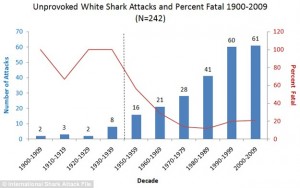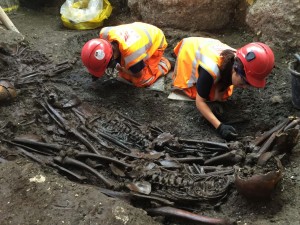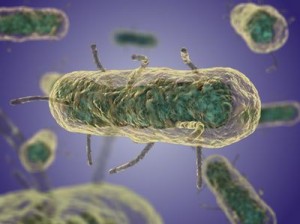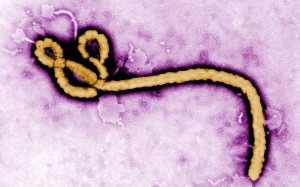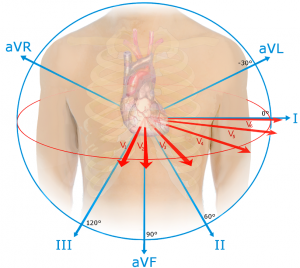As college students, we all have access to alcohol. Some of us have more access than others, but we all in some way or the other, can drink if we choose. But what kind of a toll is it taking on our body every time we drink a beer, a glass of wine, or a mixed drink. Although there can be certain health benefits from moderation, certain reports say that a glass of wine a day keeps the doctors away, but anymore can be hazardous to your health.
When researching this subject, my null hypothesis was that drinking alcohol has no effect on your health, meaning that a sober person and a drinker would have the same health risks. The alternative process is that drinking does negatively effect your health, either small effects or major ones.
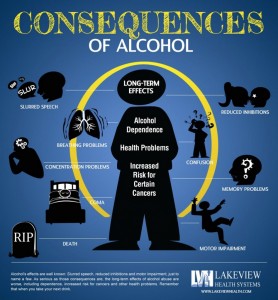
In a recent paper on the health risks that have been studied by researchers, multiple studies have looked into the link between drinking, lightly to moderately, and cardiovascular disease and/or deaths related to cardiovascular diseases. Multiple studies conducted in both Europe and the United States found significant links in subjects that moderately drank. In separate studies, researchers that conducted a meta-analysis of studies about drinking and strokes, found a significant link to heavy drinkers and stroke victims, although there was no link between drinking and more ischemic or hemorrhagic strokes. And while the link between drinking and cognitive ability at the time of drinking is well documented, most other mental effects of boozing is largely unknown. Although, recent studies have begun to show a positive correlation between moderate drinking and cognitive ability.
In a paper written by Wesley Perkins, a Professor at Hobart and William Smith Colleges, highlights that not all health risks are directly from the alcohol itself, but rather what you do while drinking. He points out that one of the many mistakes made while drinking is unprotected sex, which could lead to STI’s and pregnancy. And even though pregnancy is not a hazard to your health (if all goes as planned), it still could have a very dramatic effect on a persons way of life. In one study conducted by Perkins, he found that 25% of the student body had partaken in either unintended or unprotected sexual intercourse at some point in the past year.

And from personal experience, I had recently gone to the doctors with my sister in order to get her some medication for a cold she couldn’t kick, and I talked to the doctor about the famous ‘PSU Plague’. She was telling me that one of the reasons that the viruses and infections spread so quickly is because alcohol can weaken your immune system, making it easier for students to catch viruses. Not to mention at parties people are crammed together and often find themselves sharing drinks with their friends.
After the research, I can reject the null hypothesis, meaning that there are negative effects on your health if you drink alcohol.
Sources:
Alcohol
http://www.princeofpinot.com/article/846/
http://pubs.niaaa.nih.gov/publications/AA71/AA71.htm





